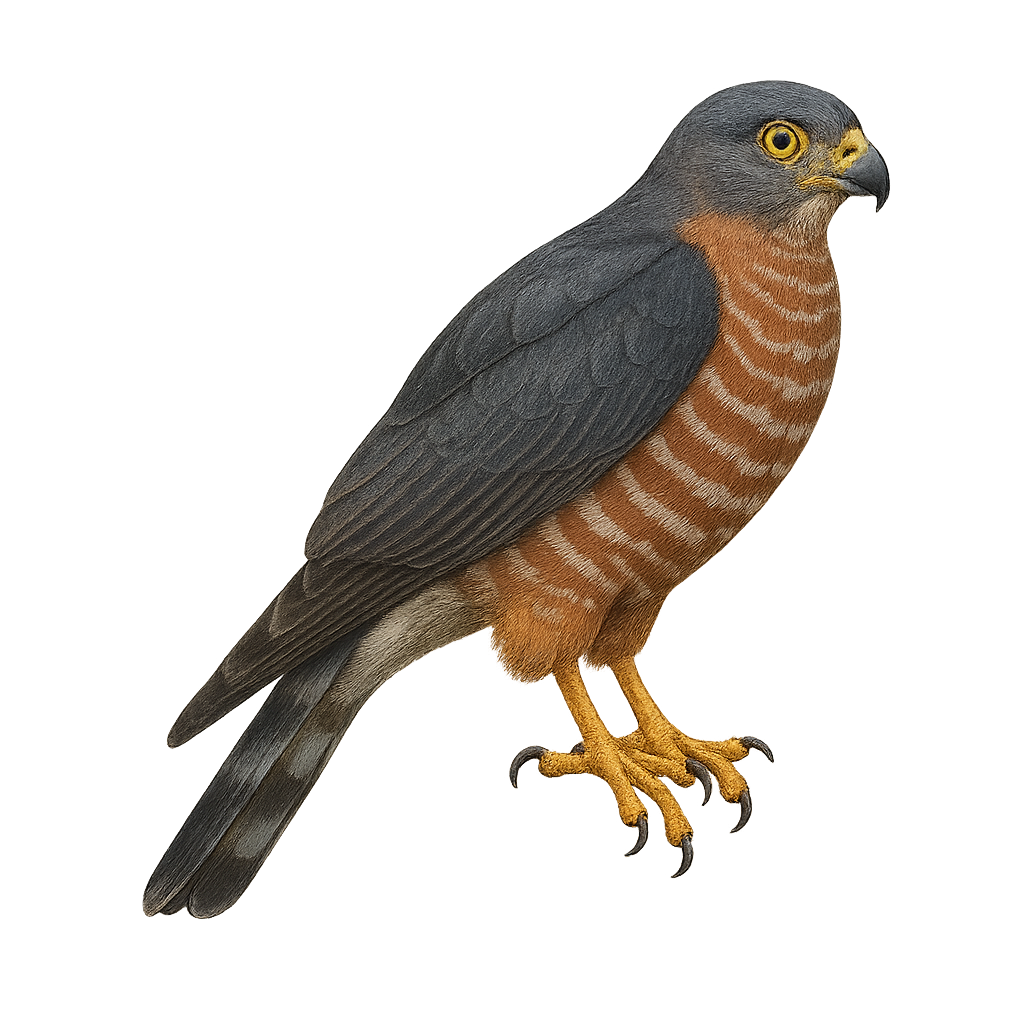Your wildlife photography guide.
Explore the double-toothed kite in detail, study its behavior, prepare your shots.
Where to observe and photograph the double-toothed kite in the wild
Learn where and when to spot the double-toothed kite in the wild, how to identify the species based on distinctive features, and what natural environments it inhabits. The WildlifePhotographer app offers tailored photography tips that reflect the double-toothed kite’s behavior, helping you capture better wildlife images. Explore the full species profile for key information including description, habitat, active periods, and approach techniques.
Double-toothed Kite
Scientific name: Harpagus bidentatus

IUCN Status: Least Concern
Family: ACCIPITRIDAE
Group: Birds
Sensitivity to human approach: Suspicious
Minimum approach distance: 10 m
Courtship display: February to May
Incubation: 32-34 jours
Hatchings: March to July
Habitat:
tropical forests, humid forests, forest edges
Activity period :
Primarily active during the day, with peak activity in the morning and late afternoon.
Identification and description:
The Double-toothed Kite, or Harpagus bidentatus, is a medium-sized raptor found mainly in the tropical forests of Central and South America. It is easily recognizable by its grayish plumage and short, rounded wings, which allow it to maneuver skillfully through dense forest canopies. This bird of prey primarily feeds on reptiles, insects, and occasionally small mammals. Its name comes from the two prominent teeth on its beak, which help it grasp and tear its prey. The Double-toothed Kite is often observed following groups of capuchin monkeys, taking advantage of the commotion they cause to catch frightened prey.
Recommended lens:
400 mm – adjust based on distance, desired framing (portrait or habitat), and approach conditions.
Photography tips:
To photograph the Double-toothed Kite, it's advisable to use a telephoto lens of at least 400mm to capture sharp images from a distance. Look for areas where capuchin monkeys are active, as these raptors often follow them. Be patient and discreet to avoid scaring the bird. The best times to observe and photograph this kite are early in the morning or late in the afternoon when the light is soft and bird activity is at its peak.
The WildlifePhotographer App is coming soon!
Be the first to explore the best nature spots, track rutting seasons, log your observations, and observe more wildlife.
Already 1 432 wildlife lovers subscribed worldwide

